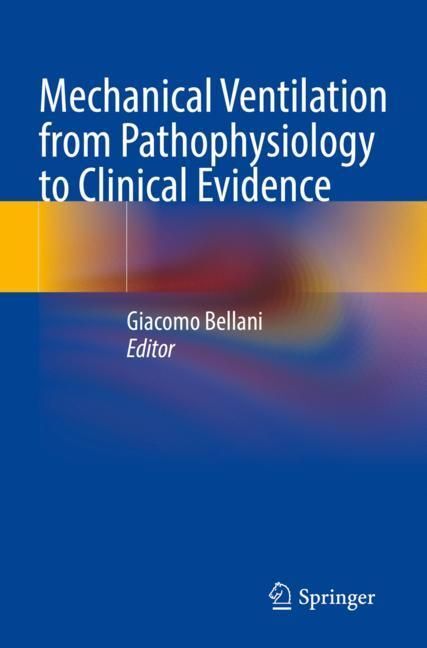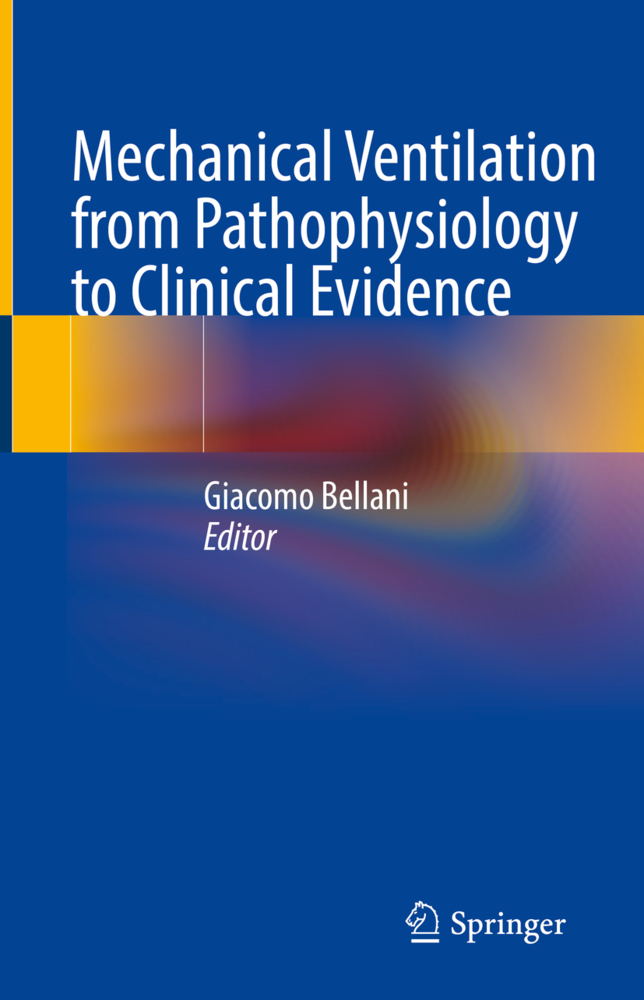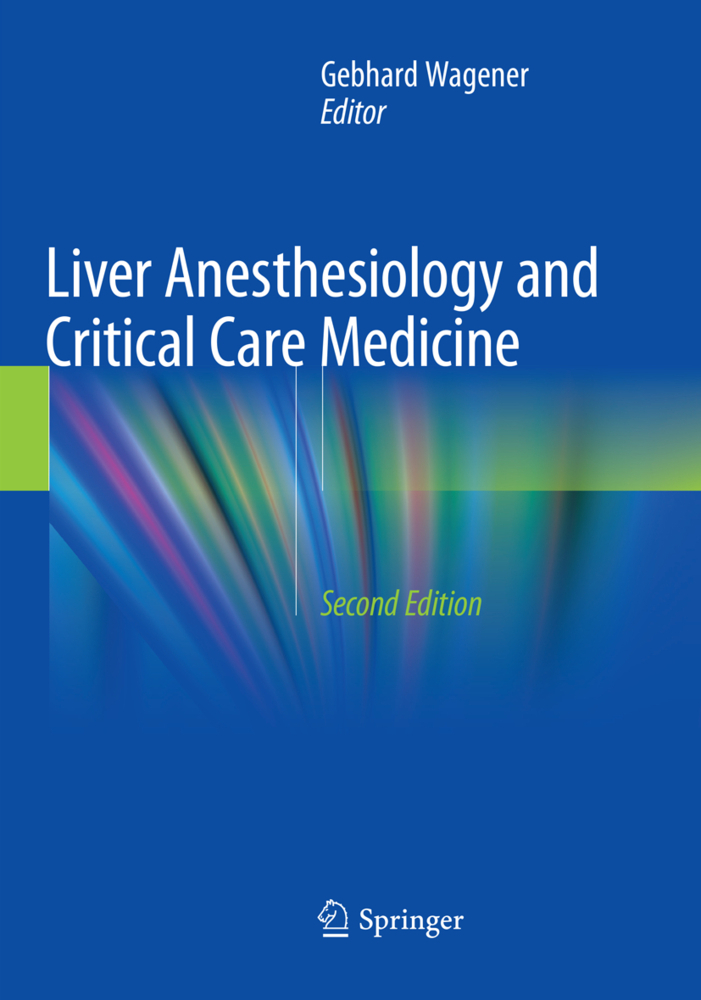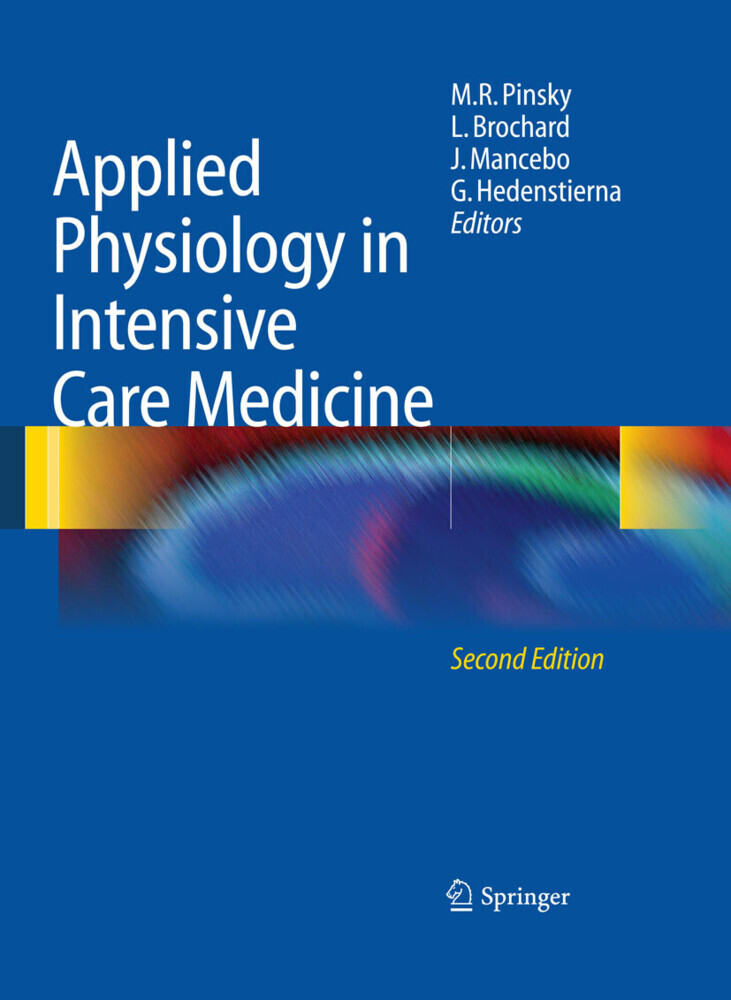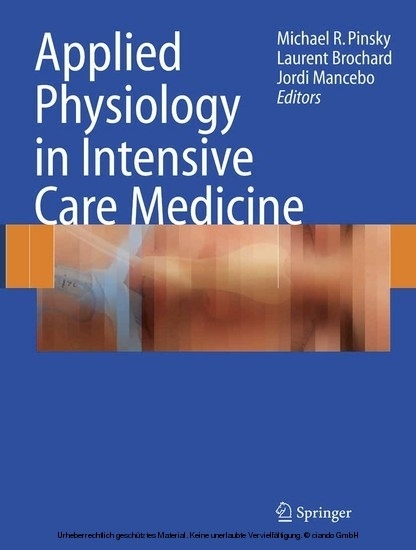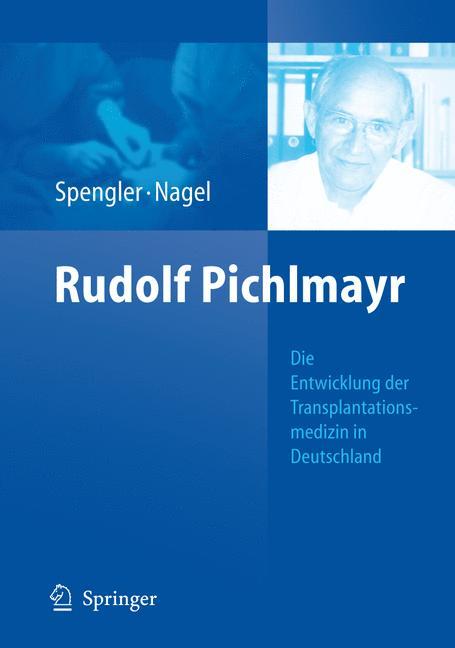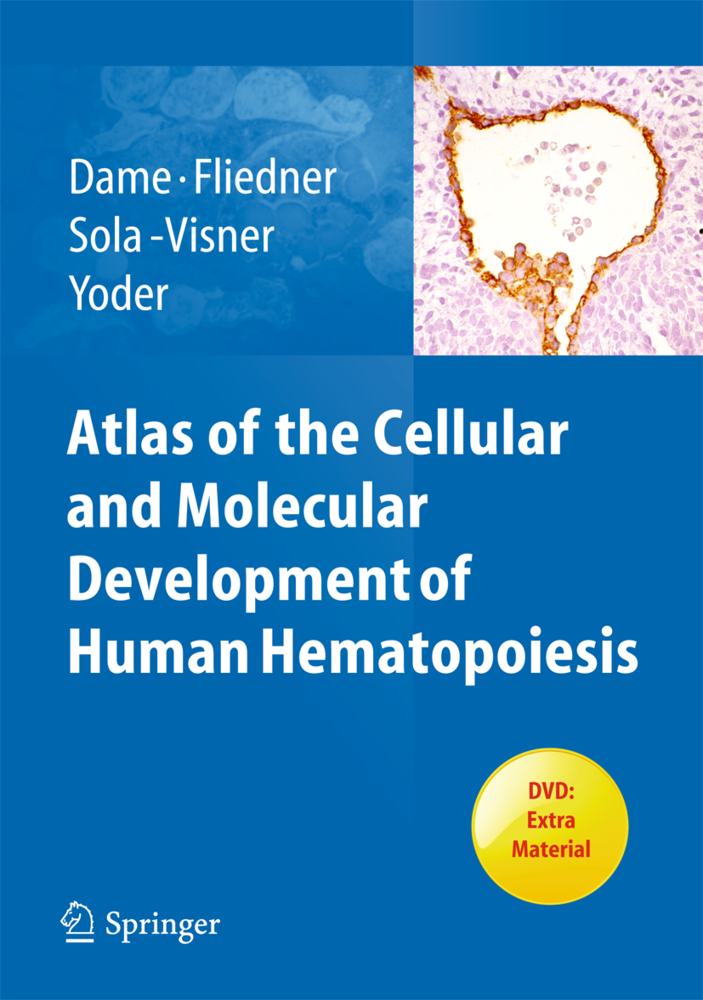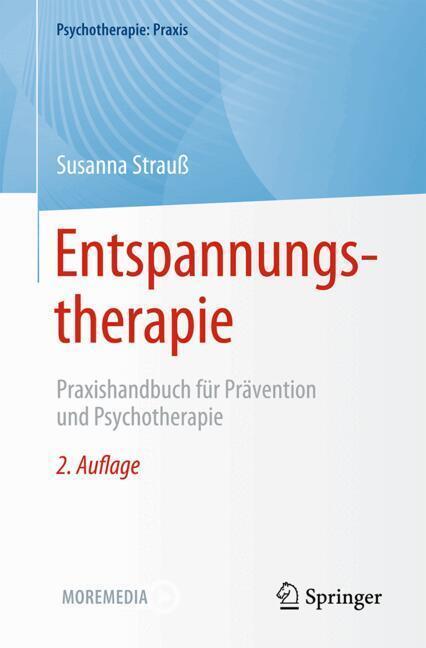Mechanical Ventilation from Pathophysiology to Clinical Evidence
Mechanical Ventilation from Pathophysiology to Clinical Evidence
Mechanical ventilation is a cornerstone of the treatment of critically ill patients, as also dramatically underlined by the recent COVID-19 pandemic. The topic is not simple to approach, since it requires integration of multiple data which, in turn, result from complex interplays between patient's condition and ventilatory settings. While technological development empowered advanced monitoring and decision support, these also increase the burden of data on the practitioners.
Furthermore, considering that sometimes mechanical ventilation is seen under two, apparently opposite, approaches, "physiology vs. protocols", the book aims to reconcile these two aspects. And this has been done by each author following the above trajectory in their chapters.
The exposure of the topic begins from the "pathophysiology" (i.e. the "physiology of the disease") so that the reader can better understand the concept and rationale of any given approach. At the same time, any rationale or hypothesis (for as much as supported by physiology) must hold at the proof of clinical research and evidence, which is summarized in each chapter.In summary, the purposes is that the readers understand not only which is the best clinical practice to adopt but also why and which mechanisms this is based upon and how to approach a novel issue they might encounter. The book - addressed to physicians, nurses and respiratory therapist - features chapters on "novel" or "hot" topics like, obviously, COVID-19, ECMO, but also MV in low resource setting.
Part 1. Techniques
Chapter 1. Basic physiology of respiratory system: gas exchange and respiratory mechanicsChapter 2. A short history of Mechanical Ventilation
Chapter 3. Airway management in critically ill
Chapter 4. Controlled mechanical ventilation: modes and monitoring
Chapter 5. Assisted ventilation: pressure support and bilevel ventilation modes
Chapter 6. Monitoring the patient during assisted ventilation
Chapter 7. Neurally Adjusted Ventilatory Assist
Chapter 8. roportional Assist Ventilation
Chapter 9. Non-invasive ventilation: indications and caveats
Chapter 10. High-flow Nasal Cannula
Chapter 11. Nursing of mechanically ventilated and ECMO patient
Chapter 12. Closed Loop ventilation modes
Chapter 13. Aiway pressure release ventilation
Part 2. Clinical Scearios
Chapter 14. Acute Respiratory Failure and Acute Respiratory Distress Syndrome
Chapter 15. Ventilator Induced Lung Injury and Lung Protective Ventilation
Chapter 16. Mechanical ventilation in the heathy lung: OR and ICU
Chapter 17. PEEP setting in ARDS
Chapter 18. Ventilation in brain injured patient
Chapter 19. Invaisve and noninvasive ventilation in patient with cardiac failure
Chapter 20. COPD and severe asthma
Chapter 21. Ventilation in the obese patient
Chapter 22. Weaning the simple and complex patients
Chapter 23. Noninvasive ventilation in COVID-19
Chapter 24. Invasive Ventilation in COVID-19
Chapter 25. Mechanical ventilation in different surgical settings
Chapter 26. Following up the patients at long term
Chapter 27. Mechanical Ventilation in limited resource settings
Chapter 28. Mechanical Ventilation during patient's trasferral
Part 3. Adjuncts to MV
Chapter 29. Prone Position
Chapter 30. Veno-Venous ECMO and ECCO2R
Chapter 31. Mechanical Ventilation setting during ECMO
Part 4. Monitoring
Chapter 32. Ultrasound assesment of the respiratory system
Chapter 33. Electrical Impedance Tomography
Chapter 34. Esophageal pressure monitoring
Chapter 35. Lung Volumes and volumetric capnography
Chapter 36. Radiological monitoring
Chapter 37. Clinical vignettes (waveforms)
Chapter 38. Teaching Mechanical ventilation: on line resources and simulation.
Bellani, Giacomo
| ISBN | 978-3-030-93403-3 |
|---|---|
| Artikelnummer | 9783030934033 |
| Medientyp | Buch |
| Copyrightjahr | 2023 |
| Verlag | Springer, Berlin |
| Umfang | XXII, 428 Seiten |
| Abbildungen | XXII, 428 p. 86 illus., 71 illus. in color. |
| Sprache | Englisch |

